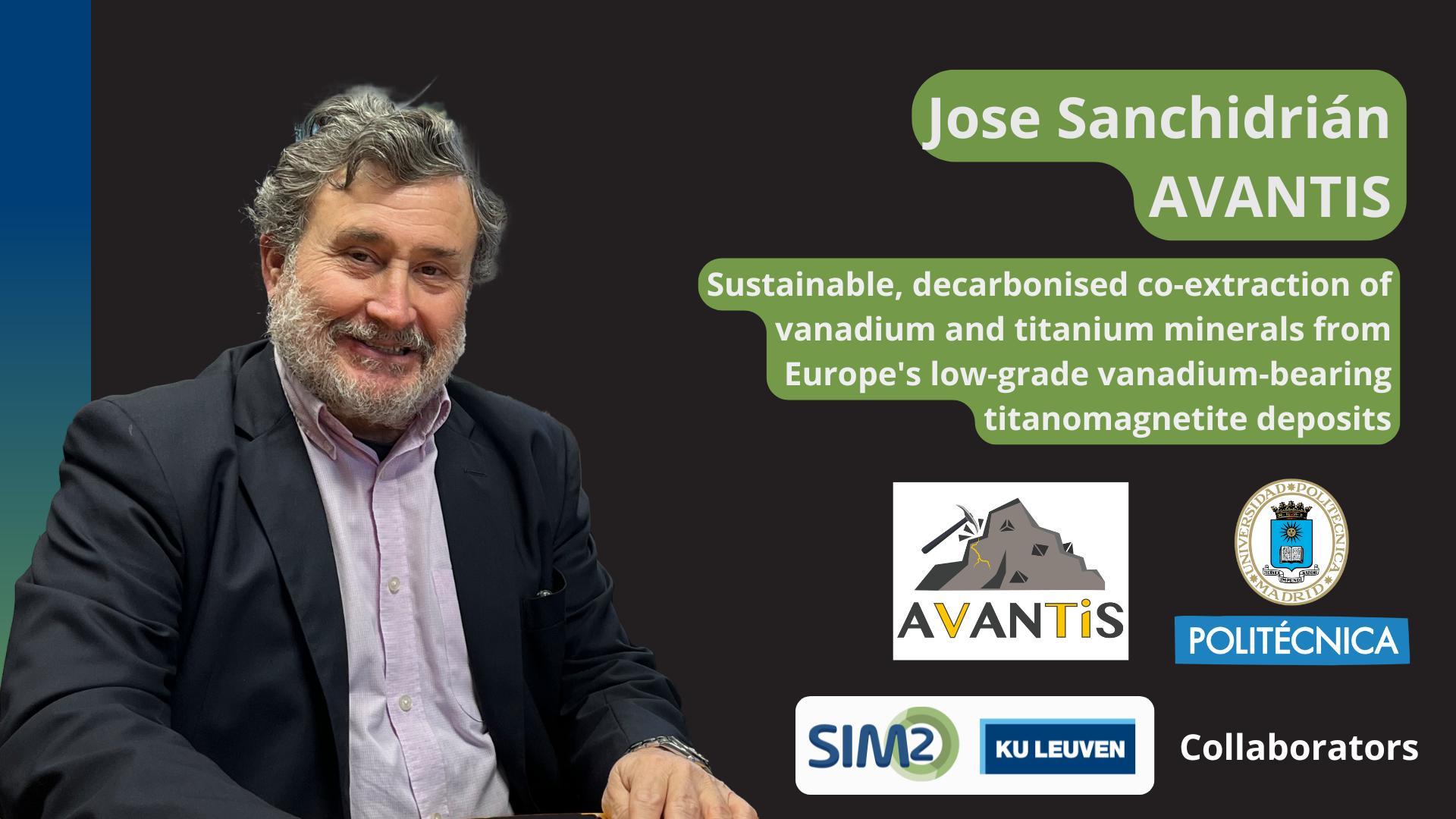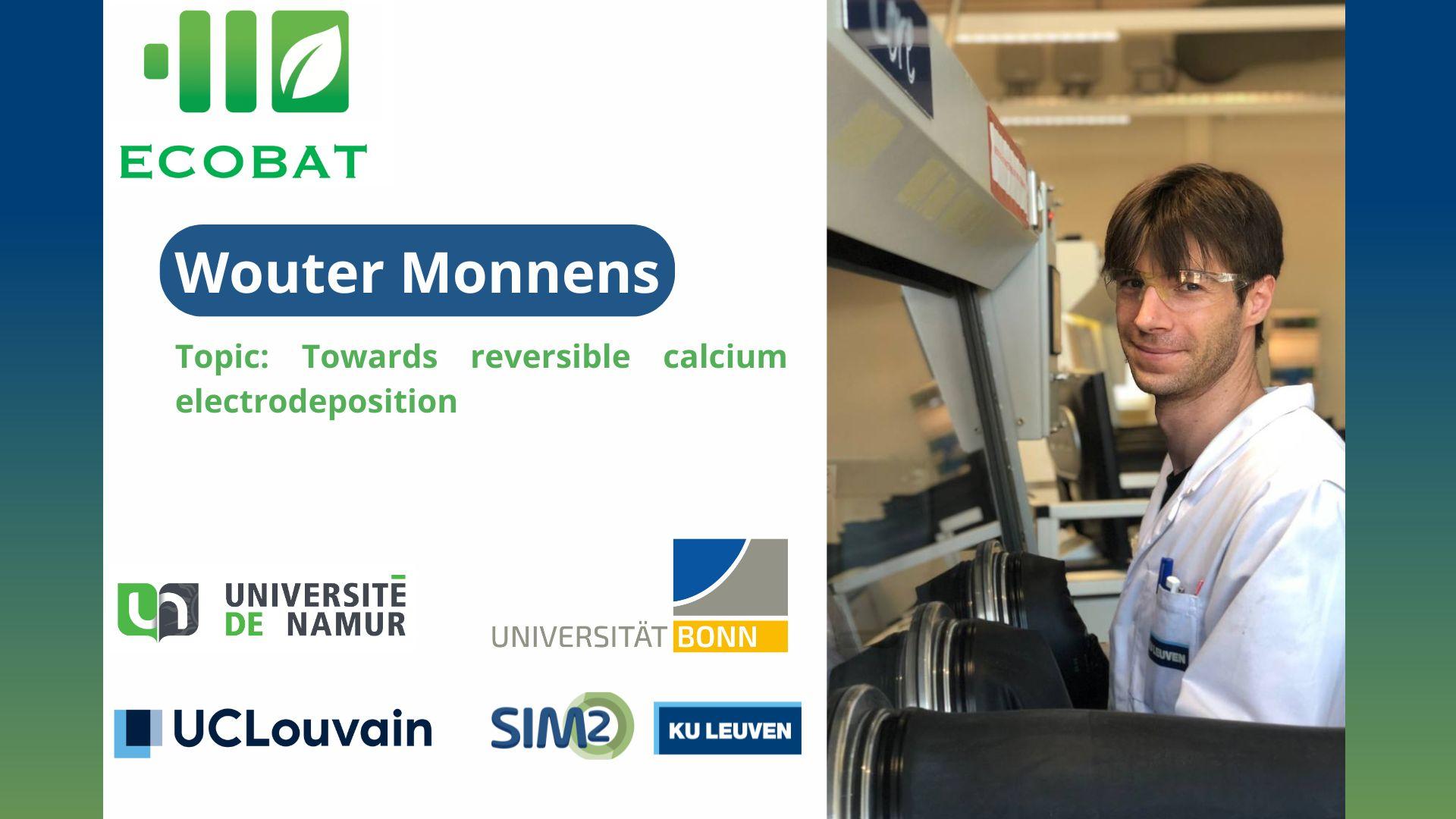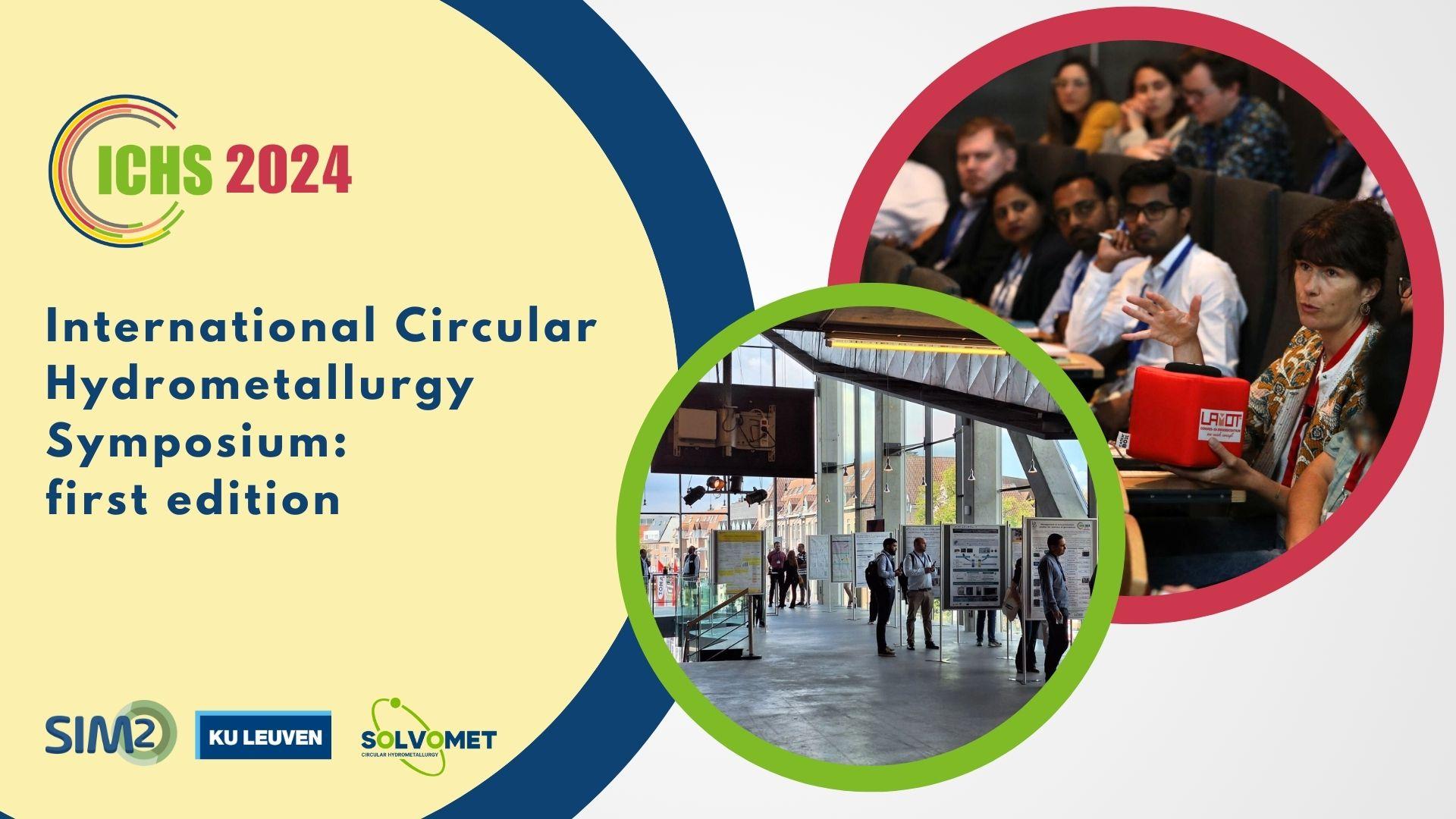SIM² KU Leuven – HiTemp researchers, have investigated the reduction of Zn and Pb-bearing residues using hydrogen plasma in an inductively coupled plasma process. Their findings are published in Journal of Hazardous Materials. The results demonstrate the efficacy of hydrogen plasma in transforming ZnO and PbO into Zn and Pb metal vapor. This process not only has the potential to recover valuable metals but also contributes to reducing hazardous waste and greenhouse gas emissions. The study underscores the environmental implications of innovative technologies like hydrogen plasma reduction in addressing challenges associated with industrial processes.
Why hydrogen plasma?
Hydrogen plasma was chosen for its efficient reduction of metal oxides, specifically ZnO and PbO, into metal vapor. The high energy densities of the hydrogen plasma process facilitate significant heat and mass transfer, resulting in a high fuming rate even for slags with low zinc and lead content. The kinetic efficiency of hydrogen increases in plasma state, making hydrogen plasma an effective method for reducing the carbon footprint of the process and avoiding massive CO2 emissions linked to conventional carbothermic reduction processes. Therefore, hydrogen plasma presents a promising technology for treating zinc-bearing residues.
Hydrogen plasma reduction of Zn and Pb-bearing redisues
This paper reports the application of plasma fuming technology for the treatment of zinc-bearing residues. A lab-scale Inductively Coupled Plasma (ICP) setup was used to investigate the hydrogen plasma reduction of ZnO and PbO in CaO-FeO-SiO2 based slags. The ICP torch melted slag particles, leading to the reduction of ZnO and PbO into Zn and Pb metal vapor by H2 molecules and H radicals in the thermal hydrogen plasma. Condensation of metal vapor occurred on the particle surface due to the high cooling rate as particles passed through the plasma torch tail. The concentration of PbO and ZnO increased toward the particle core, indicating reduction from the slag particle surface. Process acceleration was observed with an increase in H2 to Ar ratio or H2 flow rate, power input, and S content of the slags.
Significance and potential challenges
The significance of this research lies in the potential of hydrogen plasma reduction technology to address environmental challenges associated with industrial processes. By efficiently reducing metal oxides and converting them into metal vapor, this innovative approach offers the possibility of recovering valuable metals while simultaneously mitigating hazardous waste and greenhouse gas emissions. However, scaling up this technology to industrial applications poses challenges such as process optimization, cost-effectiveness, and integration into existing operations.
Full reference of the paper
Cheng, Z., Guo, M., Scheunis, L., & Blanpain, B. (2024). Hydrogen plasma reduction of Zn and Pb bearing residues in an inductively coupled plasma process. Journal of Hazardous Materials, 461, 132689. https://doi.org/10.1016/j.jhazmat.2023.132689
Acknowledgments
The authors gratefully acknowledge support for this research by Flanders Agency for Innovation and Entrepreneurship by Vlaio project 150864.





